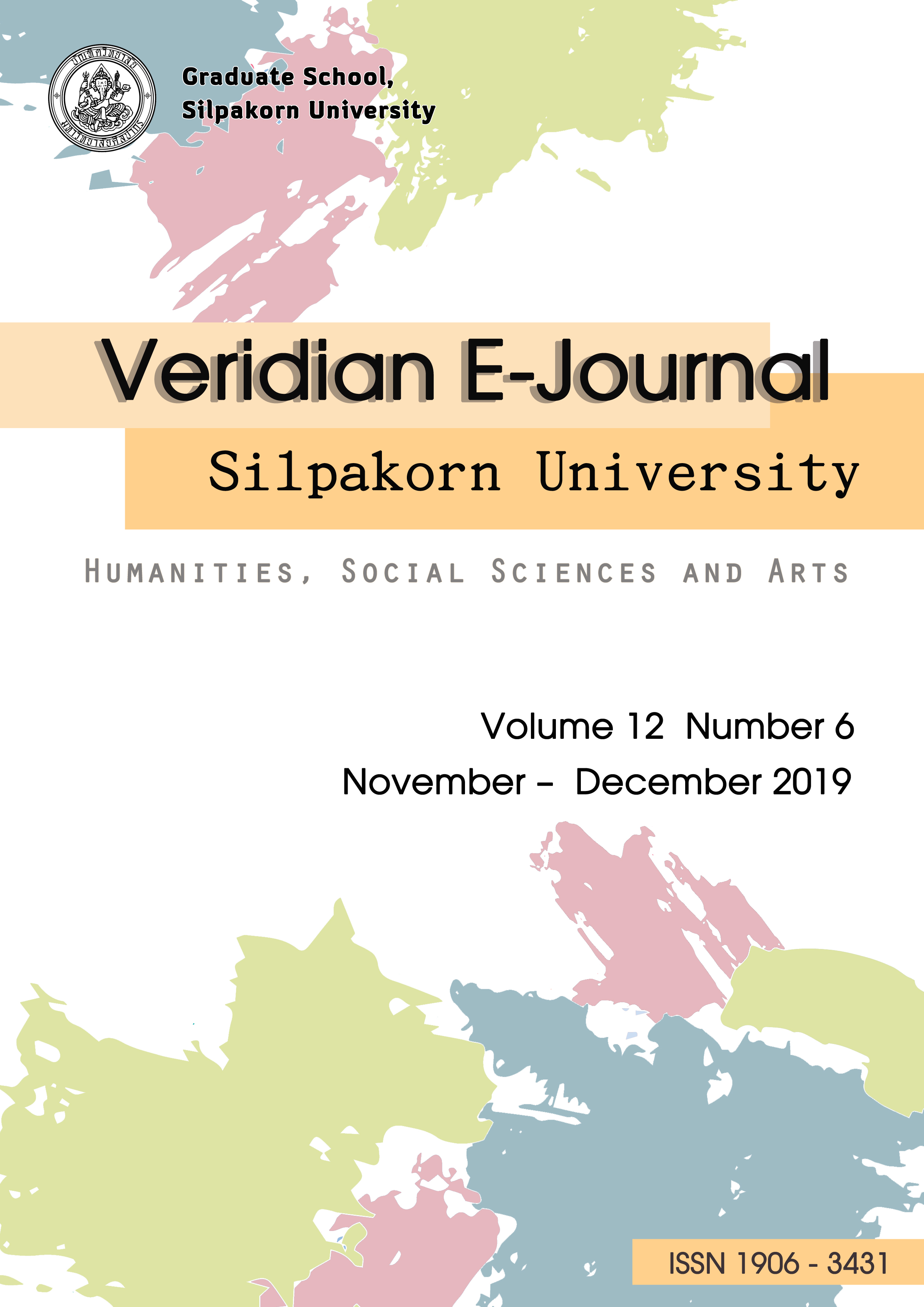การอาชีวศึกษา: ทวิภาคี และทวิศึกษา (Vocational Education: Dual Vocational Education and Dual Education)
Main Article Content
Abstract
การผลิตและพัฒนากำลังคนทางด้านอาชีวศึกษาเป็นสิ่งที่จำเป็นยิ่ง เนื่องจากทรัพยากรบุคคลทาง ด้านอาชีวศึกษาเป็นกำลังสำคัญในการสร้างคุณค่าทางเศรษฐกิจ เช่น การเป็นผู้ประกอบการรุ่นใหม่ การทำงานภาคอุตสาหกรรม การทำงานภาคการเกษตรสมัยใหม่ อันนำไปสู่การผลิตนวัตกรรมและสร้างสรรค์เทคโนโลยี ซึ่งมีผลต่อการขยายตัวทางเศรษฐกิจ ดังนั้นจึงเป็นบทบาทหน้าที่ของภาคการศึกษาในการเตรียมความพร้อมเยาวชนเข้าสู่โลกทางวิชาชีพ เมื่อพิจารณาบริบทการจัดการเรียนการสอนอาชีวศึกษาในประเทศไทย พบว่า มีการเรียนการสอนอาชีวศึกษาที่มีความน่าสนใจ 2 รูปแบบ ได้แก่ (1) การศึกษาระบบทวิภาคี โดยผู้เรียนใช้เวลาส่วนหนึ่งในสถานศึกษาอาชีวศึกษาหรือสถาบัน และเรียนภาคปฏิบัติในสถานประกอบการ รัฐวิสาหกิจ หรือหน่วยงานของรัฐ อาจเป็นไปได้ทั้งระบบทวิภาคีเต็มรูปแบบในพื้นที่ ระบบทวิภาคีเต็มรูปแบบนอกพื้นที่ ระบบ ทวิภาคีบางสาขาวิชา ระบบทวิภาคีจัดให้แก่พนักงานของสถานประกอบการ และระบบทวิภาคีในต่างประเทศ และ (2) การจัดการศึกษาเรียนร่วมหลักสูตรทวิศึกษา ซึ่งเกิดจากความร่วมมือของสำนักงานคณะกรรมการ การอาชีวศึกษา และ สำนักงานคณะกรรมการการศึกษาขั้นพื้นฐาน หรือ สำนักงานส่งเสริมการศึกษานอกระบบและการศึกษาตามอัธยาศัย หรือ สำนักงานคณะกรรมการส่งเสริมการศึกษาเอกชน โดยเรียนในหลักสูตรประกาศนียบัตรวิชาชีพ และ หลักสูตรการศึกษาขั้นพื้นฐาน (หลักสูตรแกนกลางการศึกษาขั้นพื้นฐาน พุทธศักราช 2551 หรือ หลักสูตรการศึกษานอกระบบ ระดับการศึกษาขั้นพื้นฐาน พุทธศักราช 2551) อย่างไรก็ตาม แม้การจัดการศึกษาทั้ง 2 รูปแบบนี้มีความแตกต่างกันในรายละเอียด แต่มีเป้าประสงค์ในการพัฒนาผู้เรียนให้มีคุณธรรมจริยธรรม มีความรู้และทักษะทางปัญญา มีความสามารถในการปฏิบัติงาน ประยุกต์ใช้ความรู้และทักษะในสาขาวิชาชีพสู่การปฏิบัติจริง
The production and development of vocational education manpower are necessary because they can make economic prosperity by being smart enterprise, working in the industrial sector and smart farming. All of these lead to creating innovation and technology which have an effect on the expansion of economic. Thus, this is the responsibility of the educational section that should prepare students for entering the world of professional. To consider the context of vocational education in Thailand, there are two types of vocational education system that are interesting: (1) Dual Vocational Education is the system that students learn about knowledge in school and practice in private enterprise, state enterprise, or government sector (full dual vocational education in the area, full dual vocational education outside the area, dual vocational education in some subjects, dual vocational education in foreign countries) and (2) Dual Education is the program of study that corroborate between the Office of the Vocational Education Commission and the Office of the Basic Education Commission, or the Office of the Non-formal and Informal Education, or the Office of the Private Education Commission. Students study both professional certificate curriculum and basic education curriculum (Basic Education Core Curriculum B.E. 2551 or Non-formal and Informal Education Core Curriculum B.E. 2551). Although both of program are not the same, the objectives of the study still emphasize on enhancing students’ moral, skill and cognitive domain, competency of work, applying knowledge and skill in their real-world situation.

